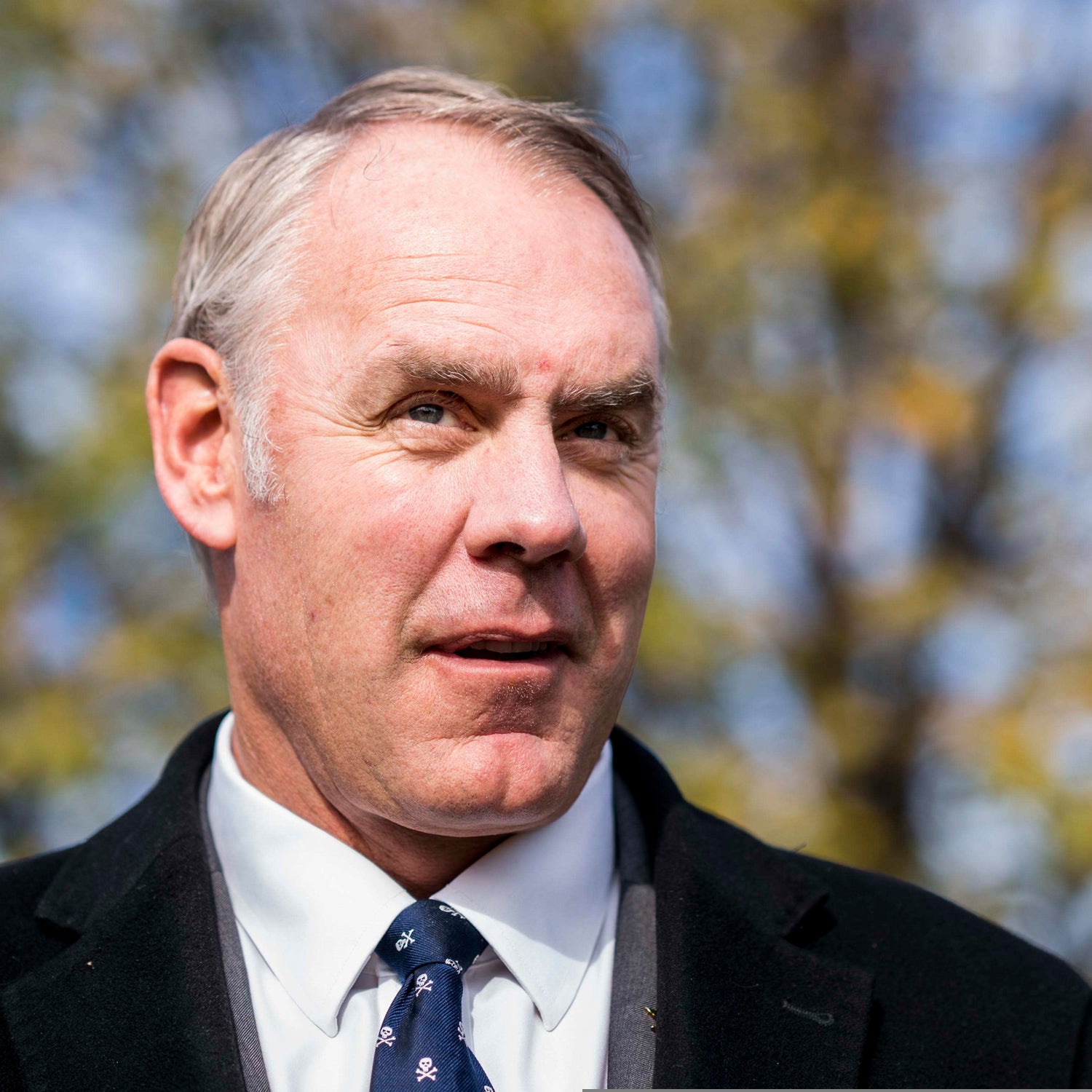Interior Secretary Ryan Zinke’s proposal to reshape the department into a “” got off to a rocky start. The idea was to redraw regional department lines not around arbitrary state boundaries, but rather natural and ecologic ones. It would be a huge achievement and one that would surely add to his legacy. But almost immediately after Zinke revealed his grand plan, the wrote, in early February, that its members “regret that DOI did not seek input from western states on the impact of this proposal.” Then county associations jumped in a couple weeks later, advocating for “boundaries that .” That very day, Zinke , and he has since released a redrawn draft that hews much closer to state lines.
It seems Zinke’s most significant achievement is on a fast track for failure. Congressional support for Zinke’s $18 million plan seems limited to those whose states might land a big new government office—like Colorado, up to receive the Bureau of Land Management’s new headquarters and whose delegates expressed optimism for the plan last week as Zinke defended the idea before the Senate Energy and Natural Resources Committee.
And the fact remains that calling it his achievement would be only partly true, because much of the plan was thought up by the Obama administration. And had Zinke borrowed more of the idea and not just pieces of it, he might have actually achieved “greatest reorganization in the history of” the DOI.
was an Obama-era revision of the BLM that Congress repealed in March 2017. Zinke supported the repeal, even though it included the interagency, landscape-based planning he wanted; it also emphasized a science-driven approach to decision-making, which Zinke has also said . But the most important part of Obama’s BLM 2.0—the part Zinke has seemingly ignored—provided more opportunity for state, local, and tribal governments to collaborate with the BLM.
When Congress repealed 2.0, it struck down a rule that would have allowed the DOI to plan using “sensible boundaries,” says Kathryn Kovacs, a Rutgers Law School professor who advised former BLM director Neil Kornze during the 2.0 process. The idea is that animals and forests don’t care where Colorado begins and Wyoming ends, so it made sense for an agency that manages land and animals to follow more natural boundaries. The concept had bipartisan support. But trying to revamp the BLM without the public process Obama’s rule mandated, as Zinke attempted, proved impossible. Amending the deep-seated relationships between counties, states, and local BLM workers would require years of discussion and collaborative, public tweaking. Instead, Zinke surprised governors with his plan, and their reaction forced him to pivot.
Had Zinke borrowed more of the idea and not just pieces of it, he might have actually achieved what he called the “greatest reorganization in the history of” the DOI.
“The West today, it’s not the West of 30 years ago,” says Jamey Anderson, another former 2.0 adviser. “There are more uses being requested of the same piece of land, and that naturally results in more conflict…The idea that we would not arm our field staff with the very best tools and mechanisms for resolving these issues is a curious one.”
Another Zinke proposal that harks to Obama’s 2.0 is his push for , an endeavor that inherently involves all the jurisdictions elk, pronghorn, and deer walk through. This effort, in particular, could prove challenging if the BLM doesn’t adequately engage with stakeholders and look for the best available science. Researchers are beginning to agree widely that extensive oil and gas development inhibits migration. “The challenge is understanding how many holes you can punch in the landscape before a migration is lost,” Matthew Kauffman, a wildlife biology professor at the University of Wyoming, told the . Picking where to allow drilling and where to allow deer requires an understanding of ecology, climate change, and the latest technology available to drillers. The other irony is that by mimicking Obama’s plan so closely, Zinke may have landed his DOI in trouble.
The plan was axed in the Senate by the Congressional Review Act, and when that happens, the rules are sent to a kind of regulatory hell; not only are they banished, but they cannot be revisited without approval from Congress. So if, say, a drilling company feels a BLM plan unduly inhibits development in an elk migration corridor, it could potentially sue the BLM for too closely mimicking the revoked 2.0 plan. “It would be, at least, a legal challenge for Interior,” Kovacs says. And if Zinke wanted to follow through on some of his grander proposals, Kovacs argues, it would likely require an act of Congress.
Planning 2.0 could have provided a useful framework for the Trump administration. Already, some of the Interior Department’s best-known actions—, , reviewing national monuments—risk being derailed by lawsuits. A more thorough planning process and increased public involvement may have helped. The DOI has been notorious of late for the lack of public input that precedes its proposals. Advocates were all but shut out of the national monument review, nobody seemed to be consulted about the departmental reorganization or Zinke’s offshore drilling proposal, and advisory groups of all stripes say Zinke has . “Planning 2.0 was designed to bring all voices of the public into the planning process early to make a better plan overall,” Kovacs says. “That’s an idea this administration should try on for size.”


